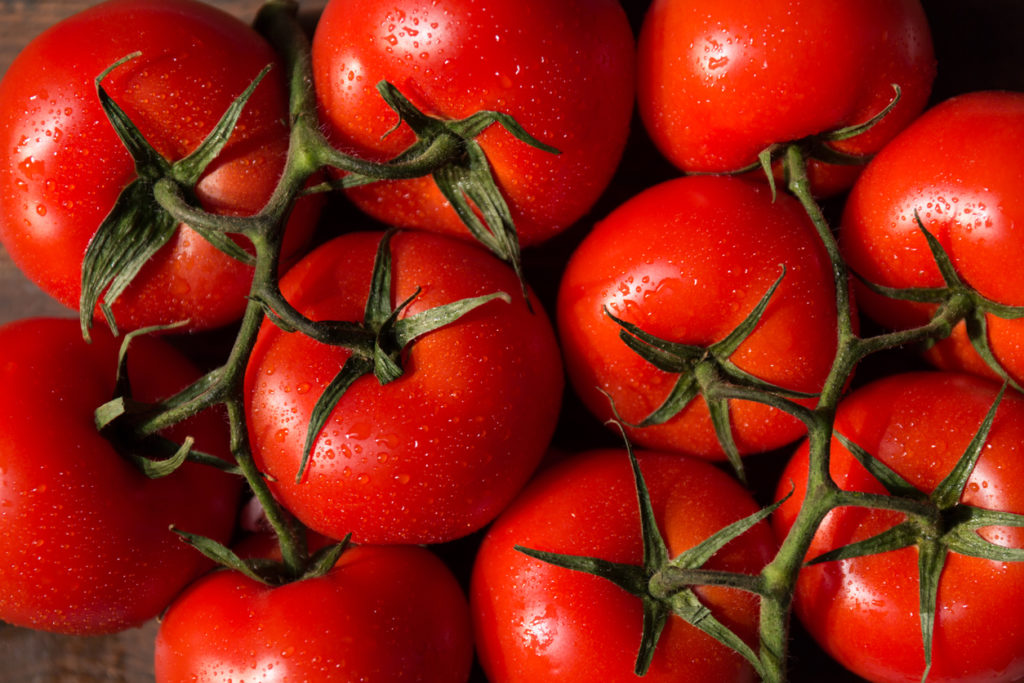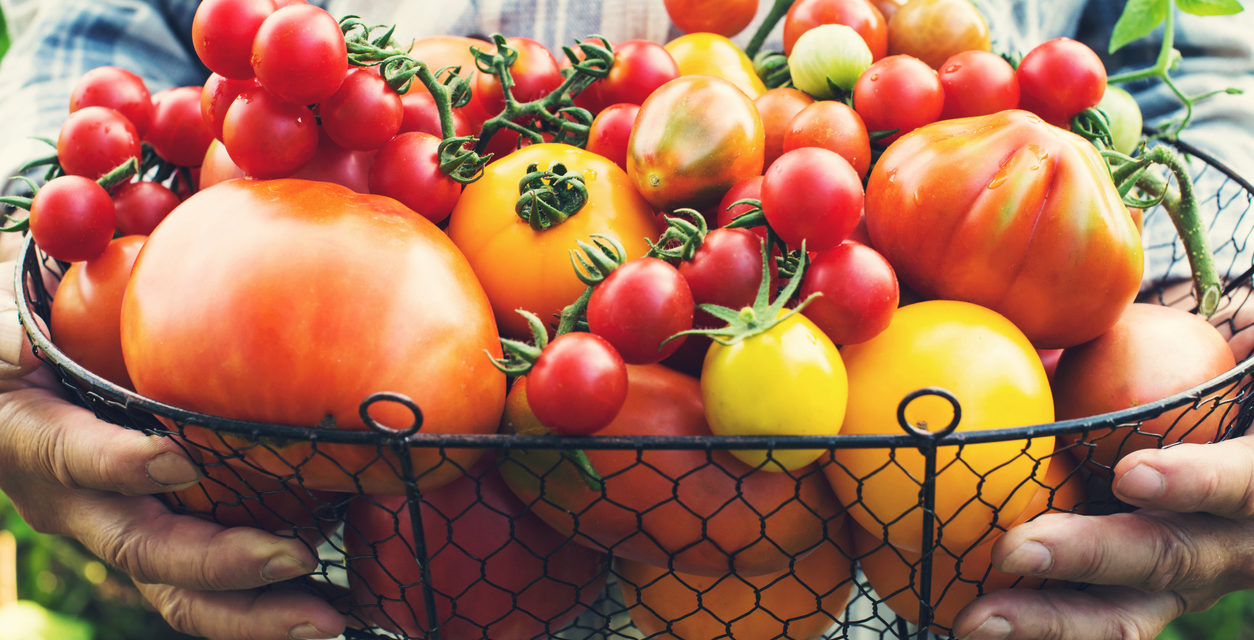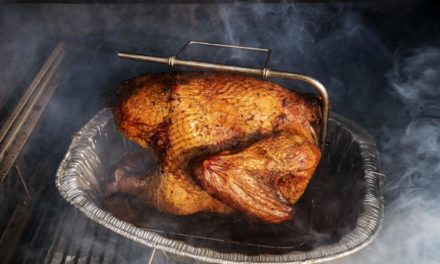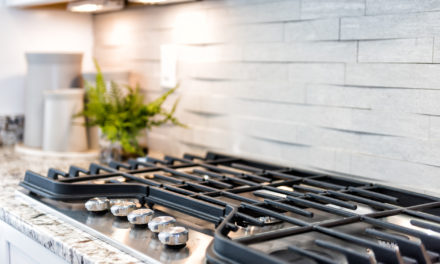The tomatoes in my container garden had been slow to grow and produce fruit. But over the past couple of weeks, the small orbs suddenly morphed into softballs and started turning red, seemingly all at once. Even the cherry tomatoes in the hanging basket are bursting into little flavor bombs, in spite of a rogue deer who munched one entire side of the plant during a yard raid.
So, with the bountiful harvest coming in fast and furiously around Colorado Springs, I’ve put a game plan in motion to enjoy and get the most health benefits from them.
We’ll eat as many of them raw as we can, before they get too ripe, and then I’ll start cooking them.
Cooking doesn’t destroy their important nutrients, according to the U.S. Department of Agriculture.
A cup of cooked tomatoes supplies 18.4 milligrams of vitamin C, about 20 percent of what you need each day. Vitamin C helps form collagen, a connective tissue in your gums, muscles and skin. The vitamin supports normal brain function and helps keep your immune system working properly as well. That same serving gets you 1.07 milligrams of iron, about 12 percent of what men need and 5 percent of what women need every day. Iron supports your immunities and helps form red blood cells. That serving also contains small amounts of calcium for strong bones, potassium for a healthy heart and vitamin A for proper eye function.

Photo Credit: Ekaterina Molchanova (iStock).
On top of that, cooking increases tomatoes’ lycopene, an antioxidant that might reduce your risk of heart disease, cancer and macular degeneration, according to a 2002 article in the Journal of Agricultural and Food Chemistry. Tomatoes also contain other antioxidants, such as beta-carotene, that help fight cell damage, which can cause cancer, heart disease and other chronic health problems.
Here’s my plan. I’ll make a batch of fresh tomato soup with some of the Early Girls (the larger variety), and blanch and peel most of the others to freeze for use in marinara sauce and stews in the winter. With my one Roma tomato plant, I’ll roast the ripe ones and store them in olive oil to use on pasta, salads and antipasti plates.
To roast tomatoes: Quarter 2 pounds of plum tomatoes lengthwise. Working with one tomato quarter at a time, cut out and discard the interior pulp and seeds. Transfer tomatoes to a large bowl and toss with 4 sliced garlic cloves, 1 tablespoon olive oil, 1½ teaspoons sugar, 1½ teaspoon kosher salt, 1/2 teaspoon each dried oregano and thyme and 1/8 teaspoon red pepper flakes. Arrange tomatoes skin side down in an even layer on a parchment-lined pan. Bake at 350 degrees about an hour until the fruit is shriveled, dry and dark around the edges. Cool and serve or store in a jar covered with extra-virgin olive oil. They will keep two weeks in the refrigerator.

Photo Credit: Victority (iStock)
The one thing I won’t do is store my raw tomatoes in the refrigerator, which can make them lose flavor and become mealy.
Here’s how to freeze tomatoes (2½ to 3½ pounds of fresh tomatoes make 1 quart of frozen fruit)
1. First blanch the tomatoes. Bring 1 gallon of water to boiling in a 7- to 8-quart pot.
2. Using a sharp knife, cut a shallow X on the bottom of each tomato. This encourages the skin to split during blanching so you can easily slip off the skin later.
3. Working in 1-pound batches, immerse the tomatoes in the boiling water. Cook for 30 to 60 seconds, or until the tomato skins split open.
4. Using a slotted spoon, transfer them to a large bowl of ice water.
5. When the tomatoes are cool enough to handle, remove them from the ice water, and use a knife or your fingers to peel off the skin.
6. If desired, halve, slice or chop the tomatoes. Spoon them into freezer bags or containers, leaving a 1-inch head space, seal and label them. Freeze for up to 10 months.

 Photo Credit: p_ponomareva (iStock).
Photo Credit: p_ponomareva (iStock). 



Comment on: How to Roast and Freeze Tomatoes – Easily!